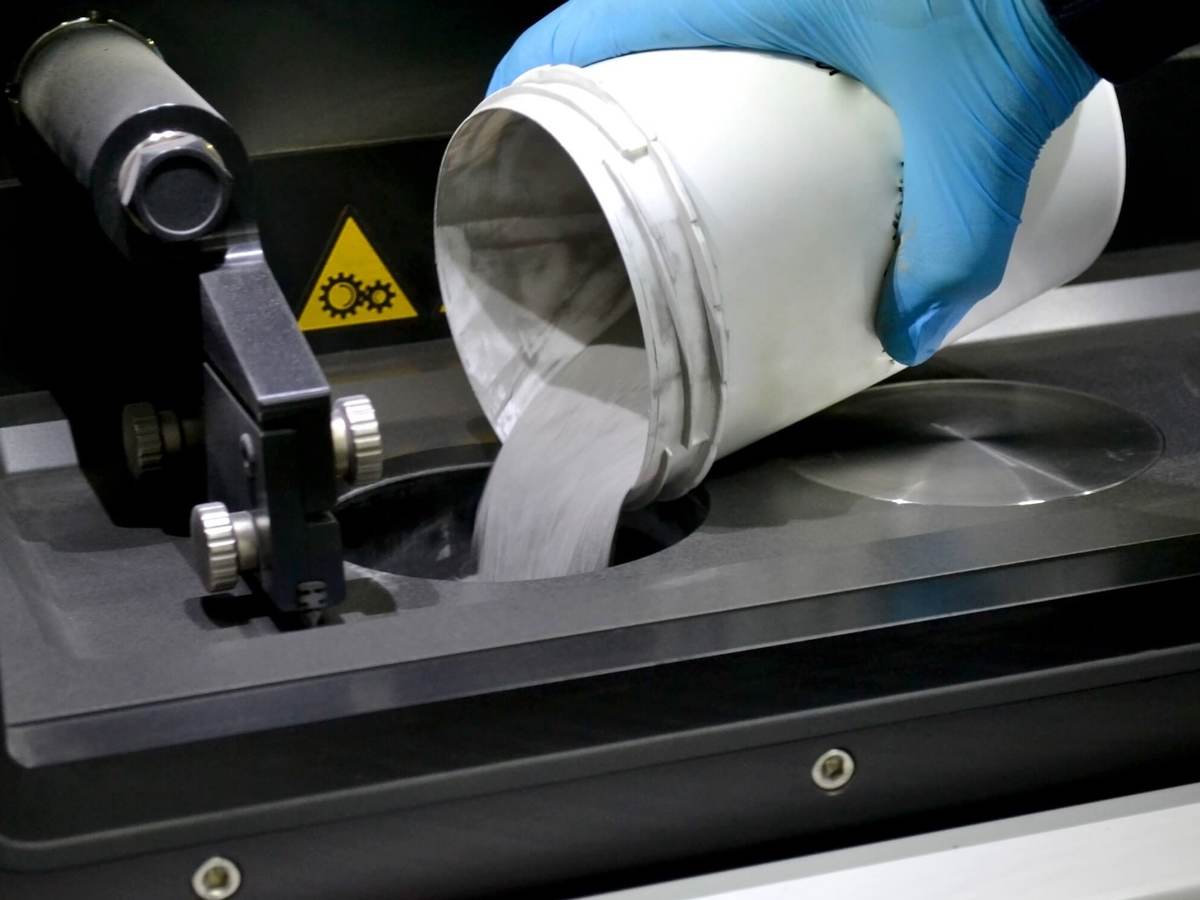October 1, 2019
The Additive Manufacturing Service Platform (AMSP) established by the Taiwan Instrument Research Institute (TIRI) of National Applied Research Laboratories (NARLabs) became the first facility in Asia to be certified to UL 3400, Outline of Investigation for Additive Manufacturing Facility Safety Management. It is the fourth additive manufacturing facility to be certified internationally.
AMSP’s core facilities include a Polymer Additive Manufacturing System and a Metal Additive Manufacturing System, amongst others. With these facilities, AMSP is capable of providing manufacturing services for medical devices, such as dental and orthopedic implants, craniofacial bone repairs, surgical and rehabilitation devices.
“AMSP brings together industry, academia, research institutions and medical organizations to help expand the platform’s cooperation model and benefit the development of the medical device industry,” said Dr. Jiann-Shiun Kao, deputy director-general of TIRI. “The service platform has incubated more than 40 R&D teams and start-up companies with more than ten thousand cases since establishment.”
“As we continue to grow our additive manufacturing capabilities and expand to other emerging technologies, our relationship with UL and the knowledge transferred has been extremely valuable,” said Dr. Chun-Ming Chang, AMSP team leader.
A clear understanding of process safety risks needed
Designing to house an additive manufacturing setup is very different from that of conventional manufacturing processes. It demands a clear understanding of the safety risks unique to the technology's materials, processes and hardware. Some of the materials are highly reactive in their powder form and can result in combustion under certain conditions. Additionally, many of the materials and process-byproducts are harmful to public health and the environment.
UL addressed the various hazards associated with additive manufacturing facilities when it published UL 3400 in 2017. This UL document is recognized as the additive manufacturing industry’s first set of guidelines focused on comprehensive facility safety including mitigation measures for the unique hazards associated with the process.
UL 3400 references applicable standards from the Occupational Safety and Health Administration, The National Fire Protection Association, UL, and ASTM International, among others.
Balakrishnan V. Nair, lead development engineer for additive manufacturing with UL, noted that UL 3400 addresses additive manufacturing safety in terms of three layers of protection: the materials, the equipment, and the facility.
“We at UL believe that safety is designed, rather than built,” Nair said. “Whether manufacturing medical implants, airline panels or automotive brake brackets, safety risks do apply and must be understood and mitigated.”
Visit us at ul.com/additivemanufacturing or contact us at AdditiveManufacturing@ul.com for more information on our additive manufacturing services.

